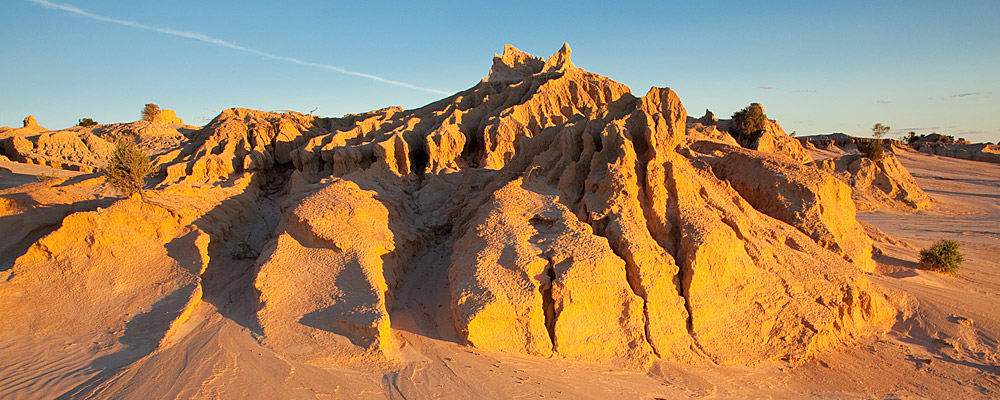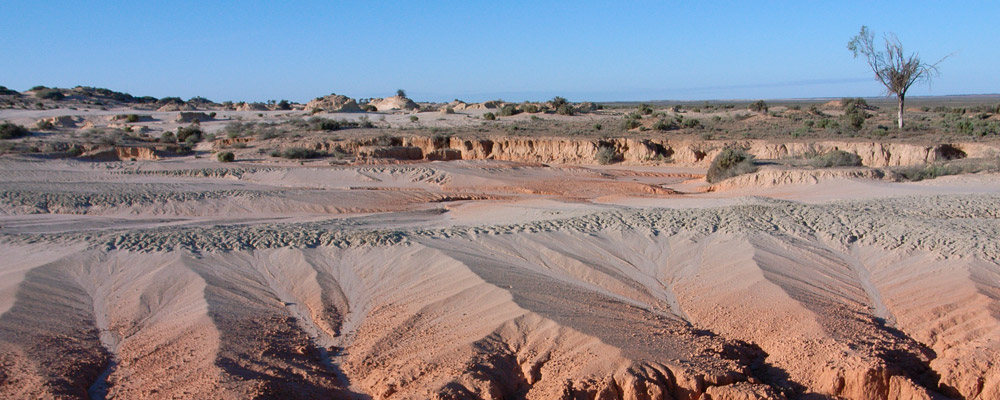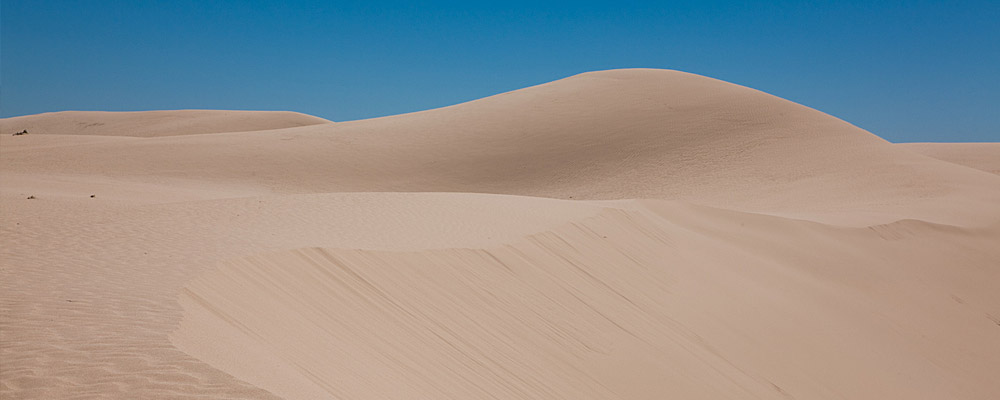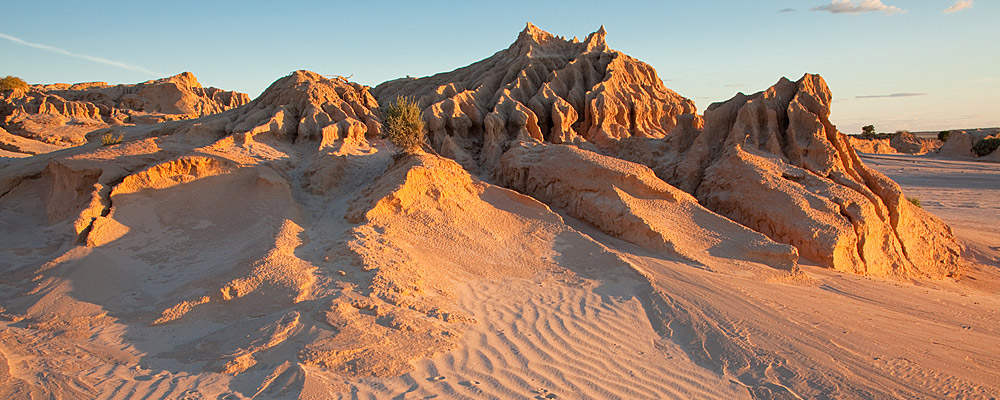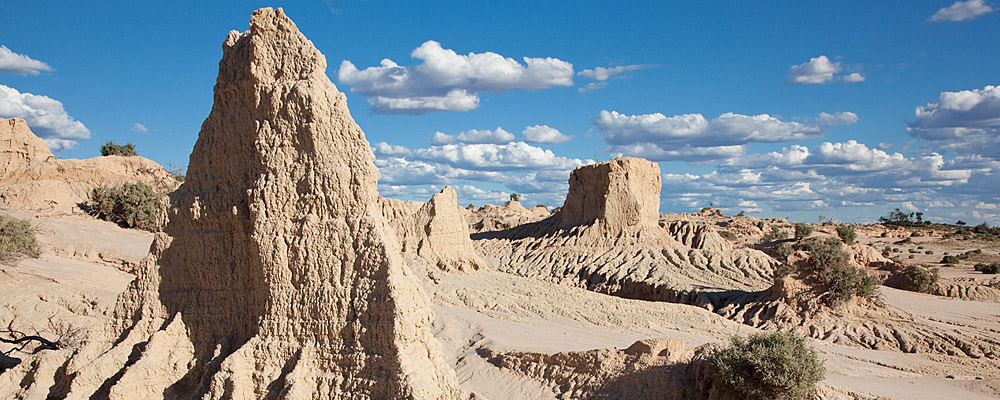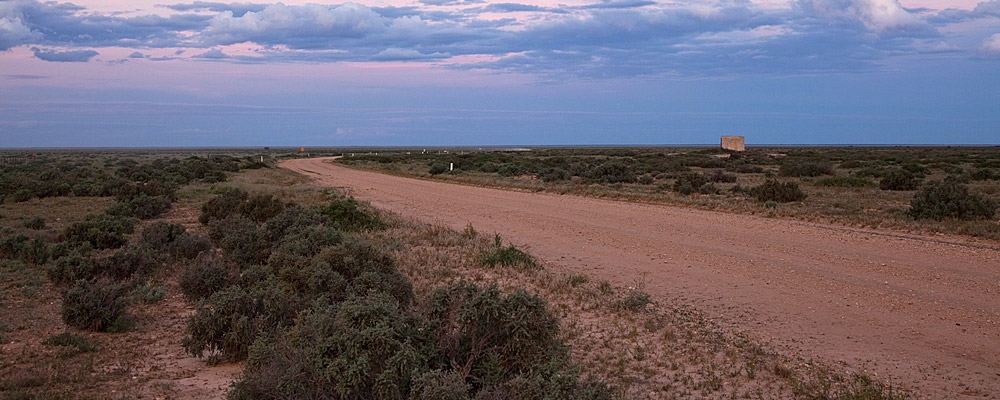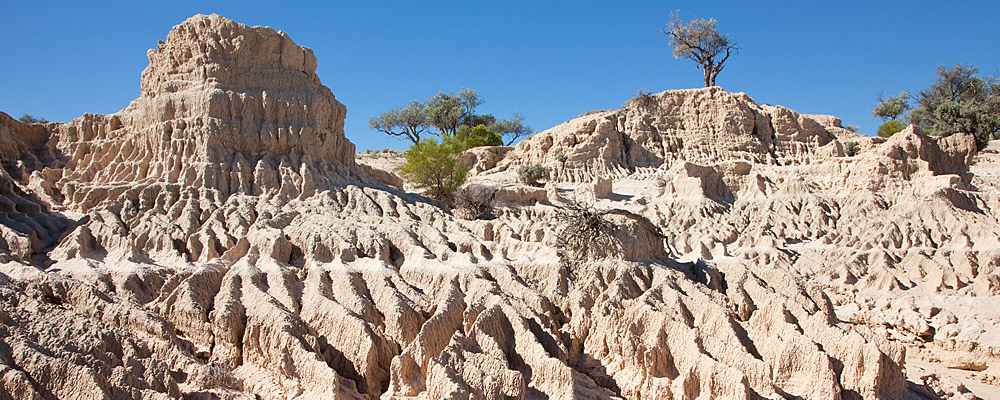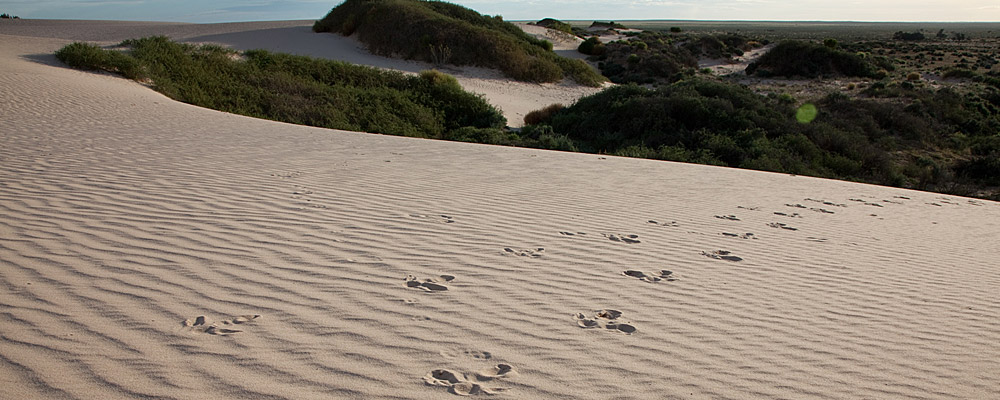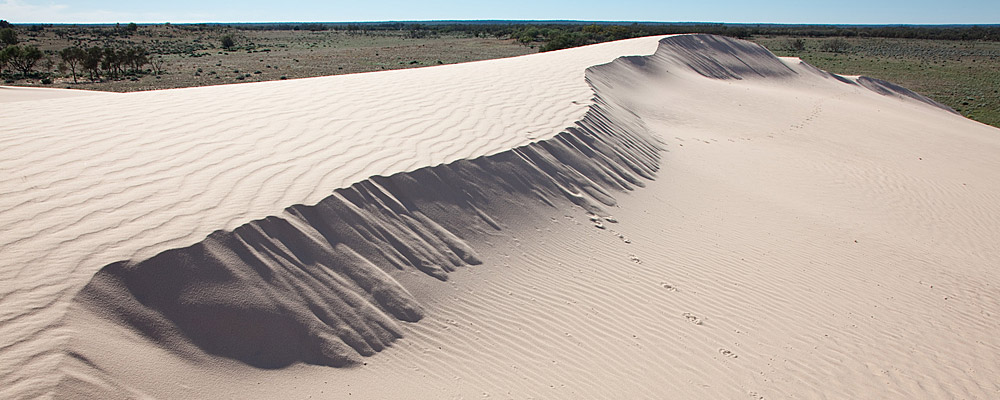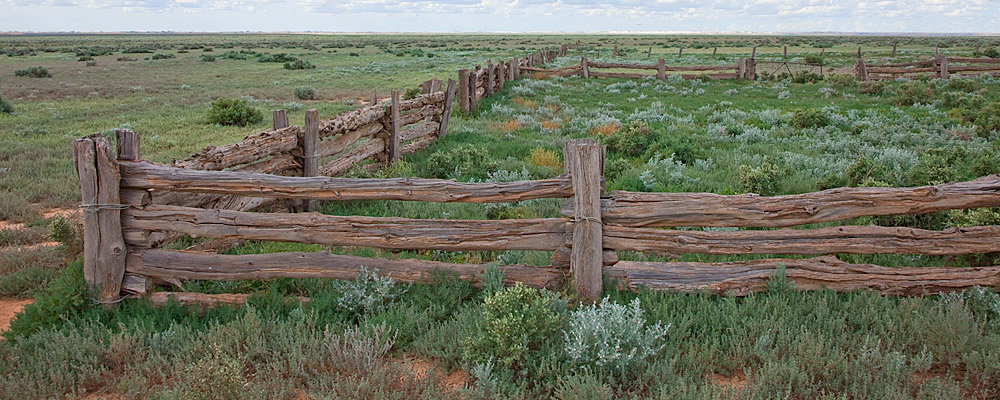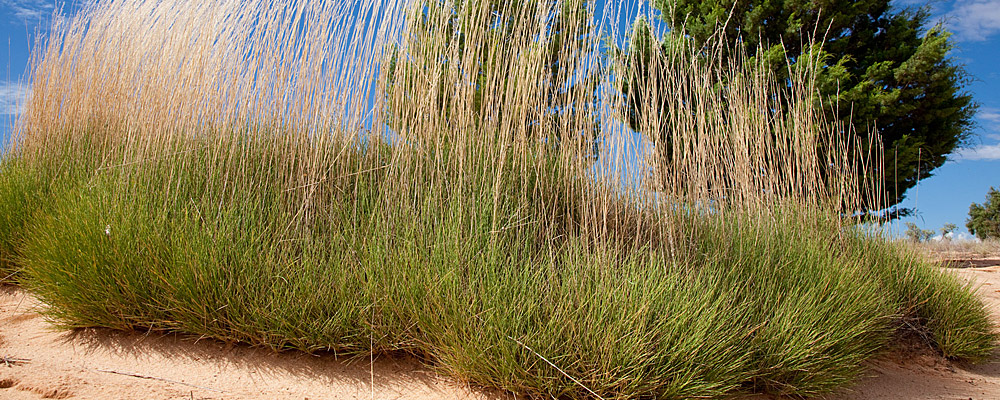Share Mungo Culture
Mungo Lady and Mungo Man
Who found Mungo Lady?
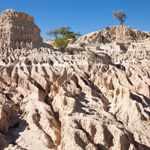
In the 1960s a young geologist began to take an interest in the Willandra area. Jim Bowler was looking for somewhere he could extend his studies into what happened to Australia's landscape and climate in the Pleistocene epoch (between 1.8 million and 10,000 years ago). From aerial photographs he recognised a large complex of fossil lakes in the now semi-arid plains of south-western New South Wales. Bowler was particularly drawn to Lake Mungo because erosion of the lunette offered a chance to look into ancient layers of sediment.
In 1967 Bowler investigated layers of windblown sand and clay piled up in the lunette. He found freshwater mussel shells and what looked like stone tools deep down in ancient deposits. Returning in 1968 he saw what looked like burnt bones and decided to bring in some archaeologists. A year later John Mulvaney and Rhys Jones probed the bones and turned over an unmistakable human jaw.
Bowler described how they were confronted with "the very presence of humanity itself". Caught by surprise, the archaeologists collected the bones in a leather suitcase that Mulvaney had with him and took both back to the Australian National University. The remains were labelled Lake Mungo I and later determined to be of an adult female. She became known as Mungo Woman, or Mungo Lady.

